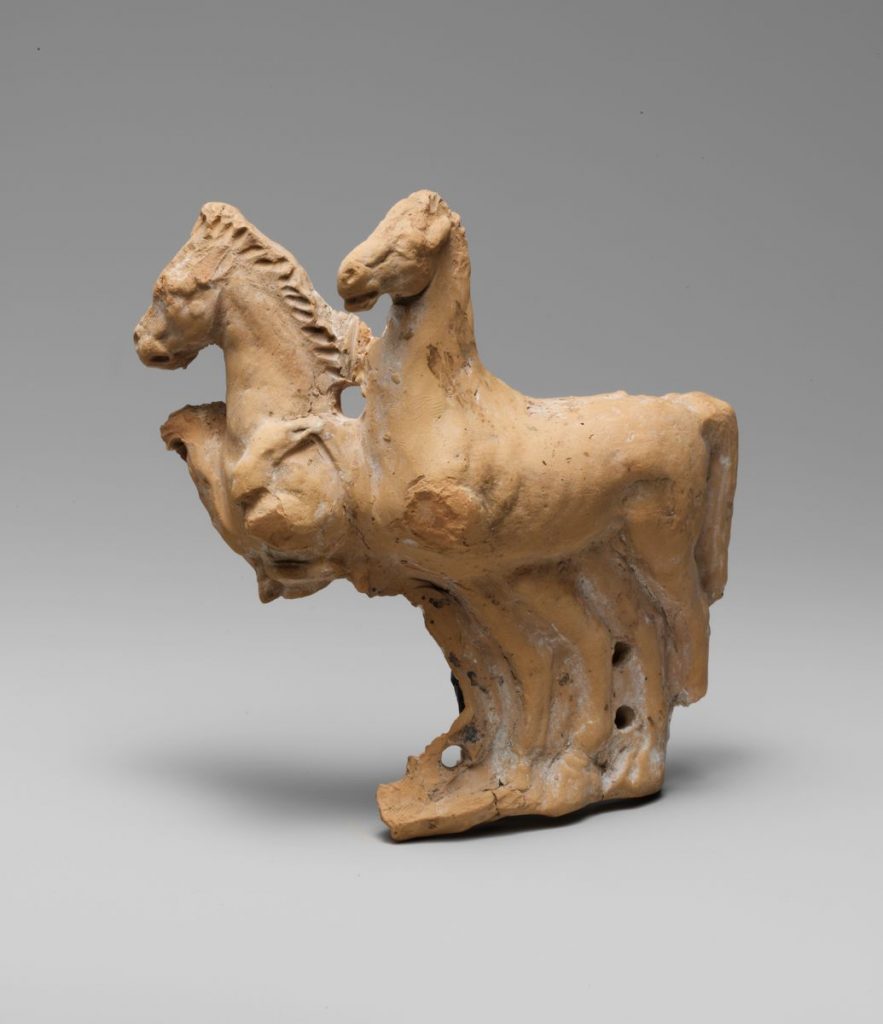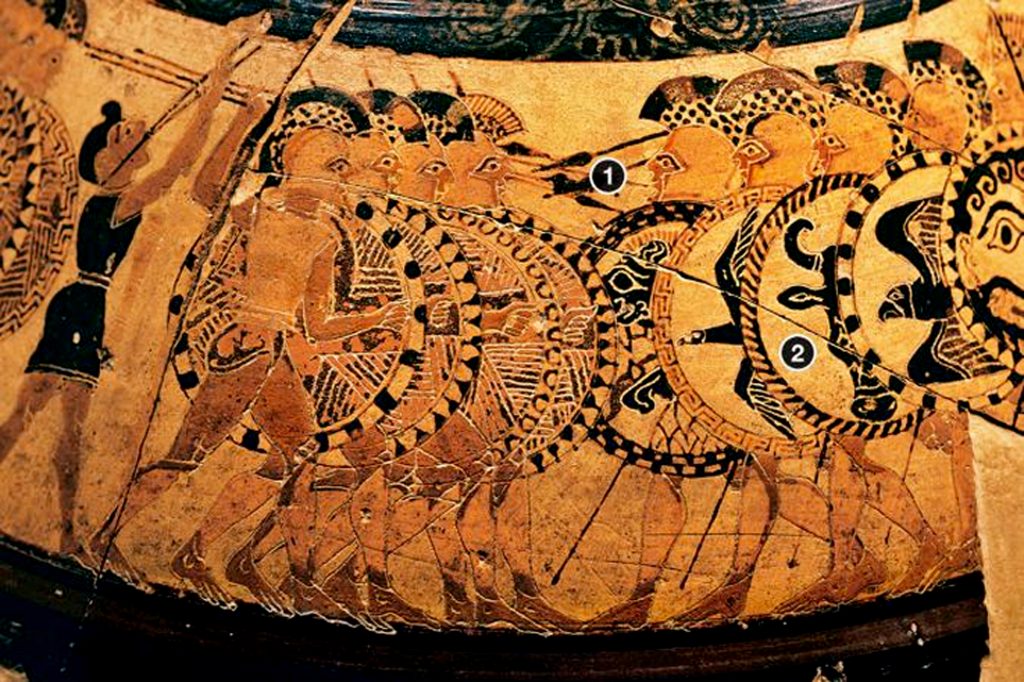Historians have often assumed that the ancient Greeks
practiced one type of warfare.
This view has been questioned in recent years, when we take a wider look at the evidence, in particular that from Greek settlements in
southern Italy.
Greek warfare has long been seen as defined by highly ritualised social mores and the physical limitations of the arms and armour available to them at the time.
Recent views from a growing number of researchers now show understanding that the ancient Greeks waged war differently in different parts of the Mediterranean.
The traditional image of Greek warfare is the hoplite in phalanx formation.
The aspis, the hoplite’s heavy shield, provided superior protection when used in the phalanx formation, locking together en masse and had the effect of “steamrolling” the enemy.
Tarentum, a city-state in southern Italy (modern day Taranto), was founded by emigrants from Sparta in the eighth century B.C.
The city grew quickly in population over time and became one of the largest Greek settlements in the Mediterranean.
Despite growing into powerful states, the cities’ relationship with the local tribes of Italic peoples was tumultuous. In the fifth century, the Tarantines won a battle against the Messapians.
In celebration of this victory they dedicated a series of bronze sculptures at Delphi of horses.
Not long after they fought another battle with the local Lapygian and Peucetii tribes and won another victory.
Again, to celebrate the victory, they dedicated another group of statues, this time of infantry and cavalrymen.
It has always been assumed that the reason the Tarentines won these victories was because they fought in the traditional Greek hoplite and phalanx formation, believed to be superior to the “native” techniques of war.
However, it is now thought that the statues dedicated in victory can give us a clue that this may not have been the case.
The statues indicate that cavalrymen were an important, if not essential, part of both victories.
There is also a wealth of visual evidence, primarily found on red-figure vase wear from the region, that suggests that cavalrymen were an important element to the local Italic warfare traditions.
A number of vessels depict these ca-valrymen in local dress. It is thought that, over time, the Greek settlers incorporated the cavalryman into their defences.
The evidence makes us question how universal the hoplite was in the ancient Greek world and how warfare practices can differ between Greek city states.
In the past, the study of Greek culture has taken a uniform and homogeneous approach.
The denial of difference, both within ancient cultures and their monolithic presentation, has traditionally been the accepted mode of study.
Recent observations, such as the use of cavalrymen in ancient Tarentum, as well as recent studies of burial practices, modes of dress and numisma-tics of the region reveals there is much more variation to ancient Greek settlements than first thought.















